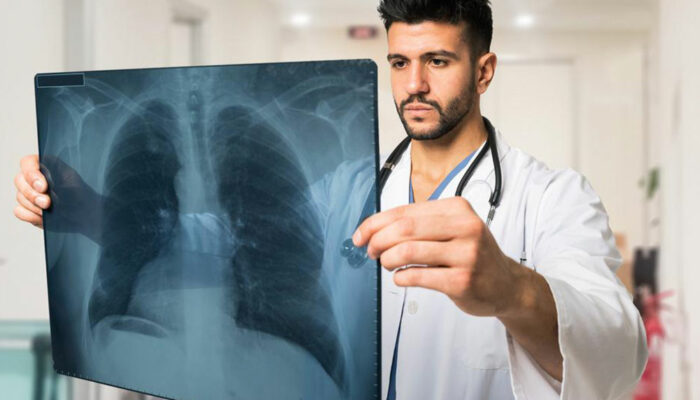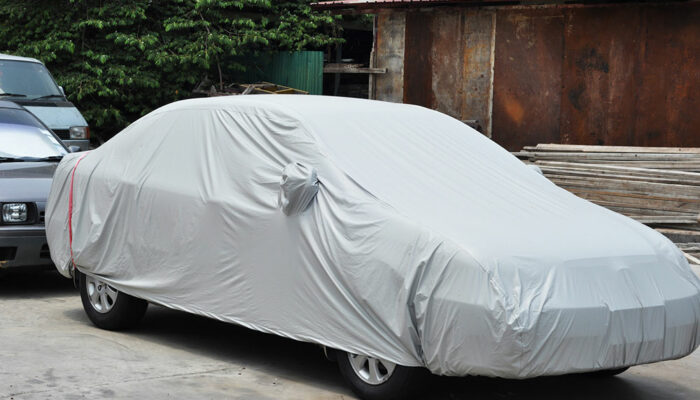
Symptoms and Treatments for Spinal Muscular Atrophy
Spinal muscular atrophy is a chronic disease that affects the central nervous system, specifically the motor nerves. The muscles are controlled by nerve cells located in the spinal cord. When the nerve cells are affected, they fail to send signals to the muscles, and as a result, they stop working.
Patients suffering from Spinal Muscular Atrophy are sometimes unable to perform the basic functions of life like eating, moving, or breathing. It is commonly noticed in children. The term “atrophy” means to get smaller and wasted, which is, what happens to the muscles due to the lack of signals from the nerve cells. Treatment options for spinal muscular atrophy are mainly used to increase survival chances and to improve quality of life.
Symptoms of Spinal Muscular Atrophy
It’s very important to understand and analyze the symptoms of Spinal Muscular Atrophy. Some of the common symptoms of this disease include:
- Pregnant women experiencing premature birth and slowing down of fetal movement
- Babies are often born with a defective heart and may experience facial paralysis
- Individuals affected by Type 0 Spinal Muscular Atrophy die within 1 to 6 months of diagnosis
- Babies born with Spinal Muscular Atrophy Type 1 may experience trouble swallowing, breathing, sucking and are not able to sit down without assistance
- Spinal Muscular Atrophy Type 3 can manifest in older children and teenagers who may lose the ability to walk. Deformities in the feet, scoliosis, and muscle weakness are common symptoms
- Spinal Muscular Atrophy Type 4 usually occurs in adulthood or late teens
- Muscles closer to the center of the body are more severely affected
- The legs are more severely affected than the arms
- Breathing trouble is one of the most dangerous symptoms of Spinal Muscular Atrophy. An individual may require assistance with breathing through an external mechanical device.
- Treatment options for Spinal Muscular Atrophy is available, but their success depends on the type of the disease and the severity of the condition.
Treatment options for Spinal Muscular Atrophy
SMA is caused mainly by genetics. Developments in treatment procedures are fairly new. They include:
- Nusinersen
Absence of SMN1, a gene related to motor neurons causes Spinal Muscular Atrophy. A higher number of SMN genes results in milder disease. This medicine uses antisense oligonucleotide, an artificial genetic material that helps children make more SMN protein. The drug is injected into the spinal cord. Anesthesia may be required while administering medicine. This treatment can continue lifelong.
- Gene Therapy
This involves the replacement of a defective SMN gene. SMN protein levels are enhanced to give the child a better fighting chance. Small children up to 2 years of age can also be treated using this procedure. - Devices
Certain devices can be used to support parts of the body suffering from this disease. These include devices that adjust the feet and thoracic orthosis that can adjust the torso region.
Spinal Muscular Atrophy is a serious condition that usually lasts lifelong. One should limit their expectations while exploring treatment options for Spinal Muscular Atrophy. However, with proper care and treatment, quality of life can be improved drastically.



